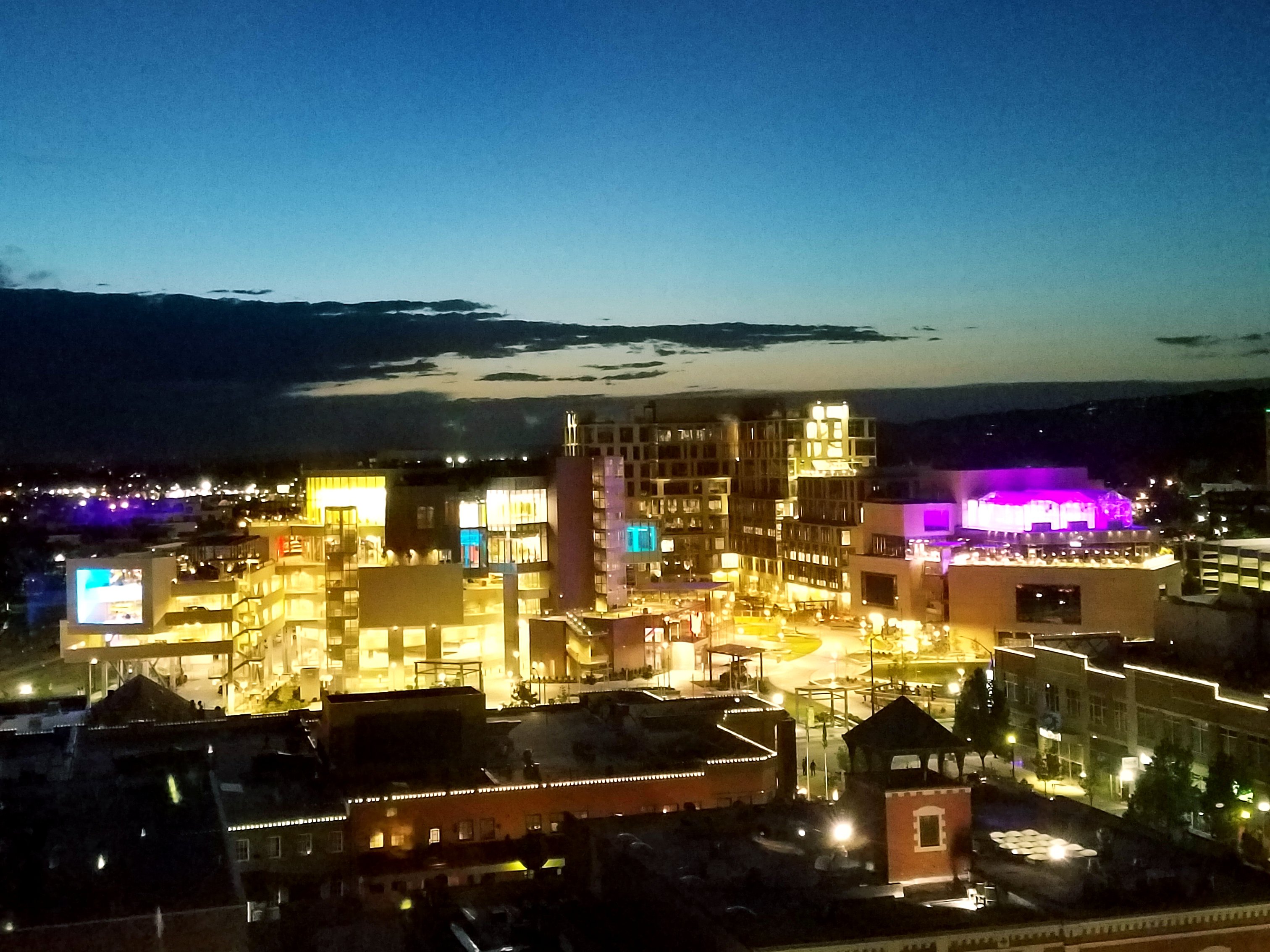Northwest Economy Continues to Grow While Using Less Energy
- December 16, 2019
- Carol Winkel

According to the Council's manager of economic analysis, Massoud Jourabchi, the Pacific Northwest's economy grew at a faster rate than the nation's in 2018. This follows a 10-year trend of the region's gross state product increasing at a faster rate than the GDP.
In developing a 20-year power plan for the region, the Council prepares a load forecast to track population and economic growth. Jourabchi briefed the Council's power committee in December on the state of the region's economy and electrical utilities. In keeping with the humming economy, the region's population is also growing faster than the nation's as employment continues to expand.
Warmer temperatures are affecting electricity load in the region. The 2018 winter was the warmest in the past 91 years, lowering heating requirements 9 percent. And as summers get hotter, the region's air conditioning use goes up, increasing cooling requirements by 23 percent. Still, improving energy efficiency and the region's changing economic mix--away from energy-intensive industries like aluminum smelting plants to technology companies--has meant that the region's economy continues to expand even as its electrical load stays low.
According to Jourabchi, electricity demand over the past 40 years has been steadily declining. Utility revenue collected in 2018 was down by $200 million as residential monthly bills declined. The Northwest's residential electricity and natural gas rates are low compared to the rest of the country.
Other key economic trends are the growth of on site solar installations--over 30 percent since 2014--and the relative lack of time of use rates for customers.



